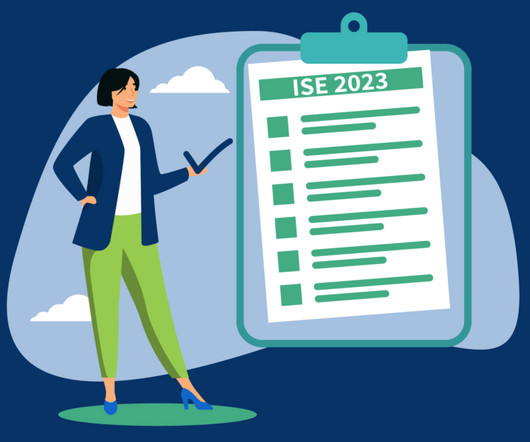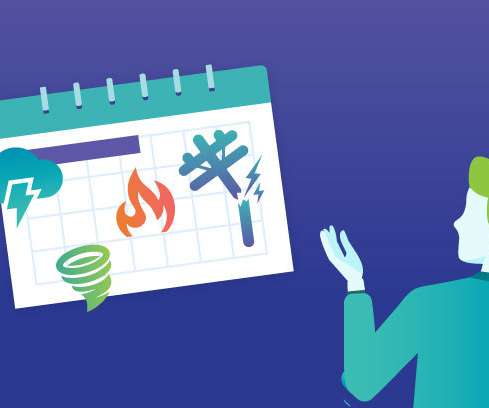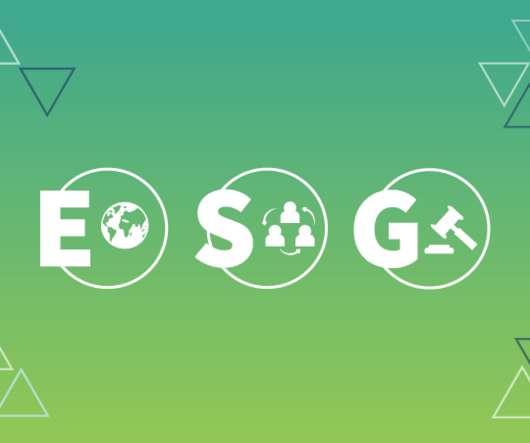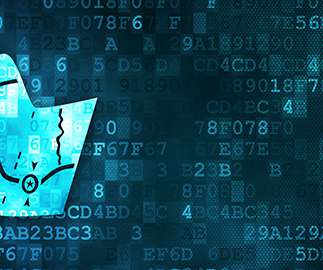B.C.’s New Bill 31 – Emergency and Disaster Management Act
CCEM Strategies
OCTOBER 3, 2023
continues to respond to and begins recovery from the most destructive and most expensive[2] wildfire season in provincial history. s Emergency Management Legislation Has Arrived Marking a historic moment of modernization for emergency and disaster management governance in B.C. This comes as the Province of B.C. In 2019, B.C.























Let's personalize your content